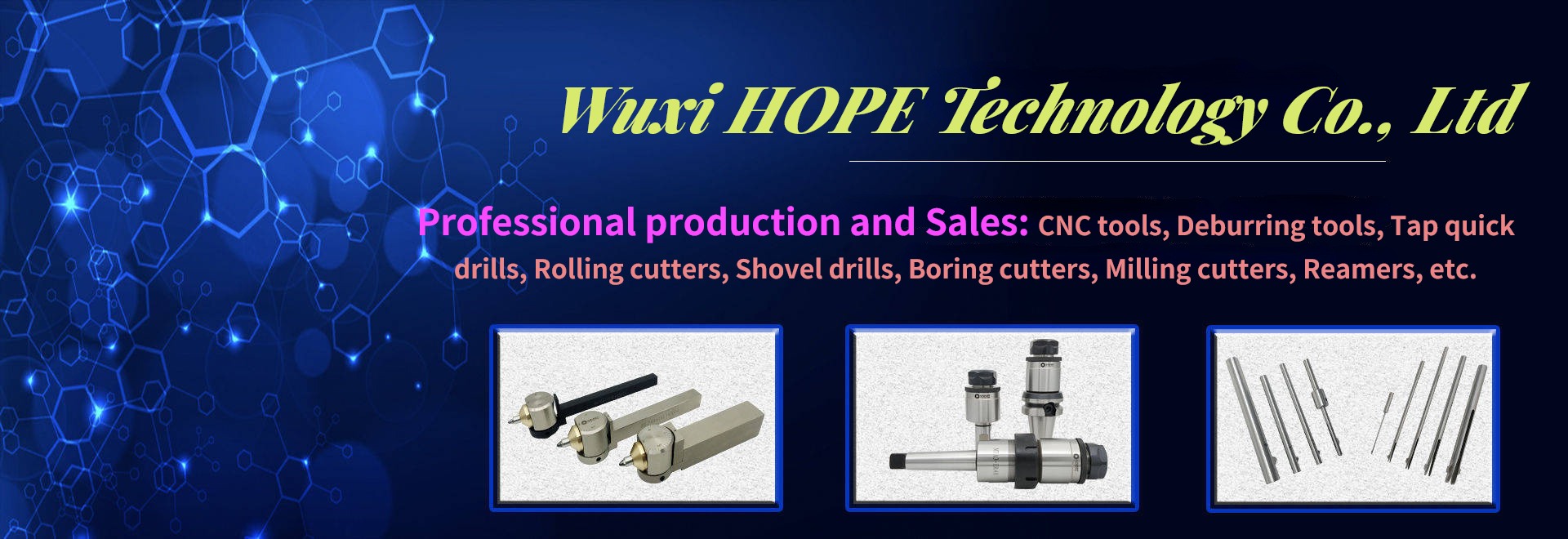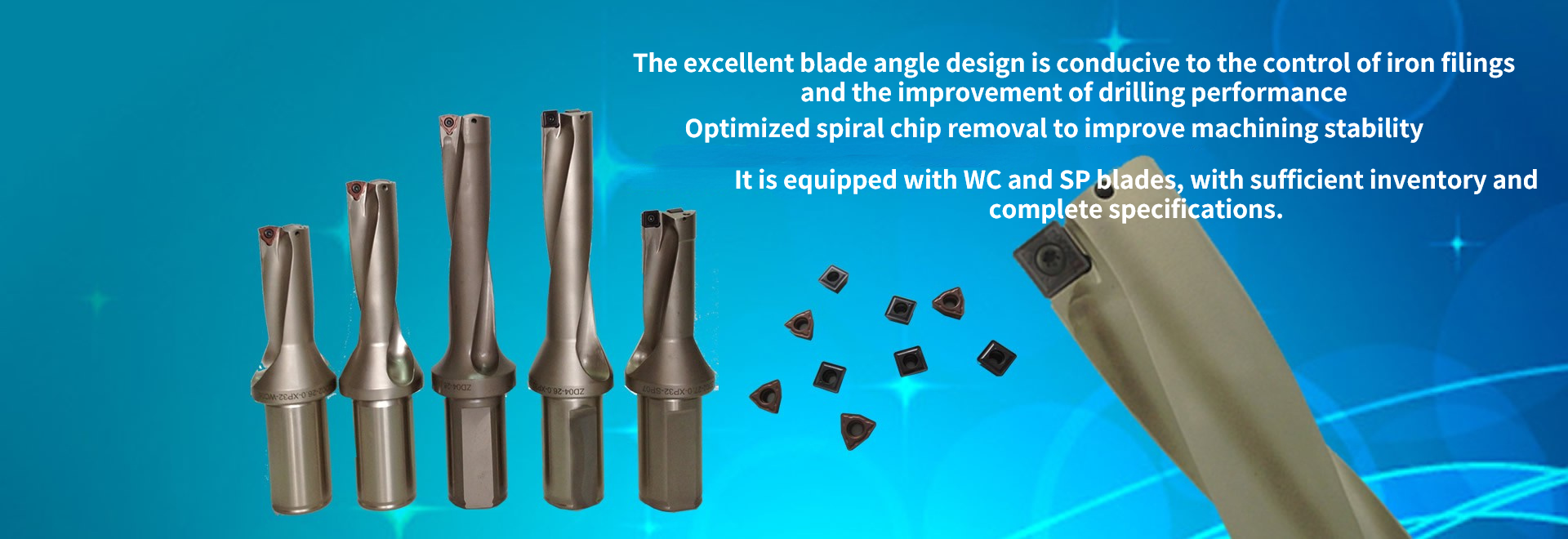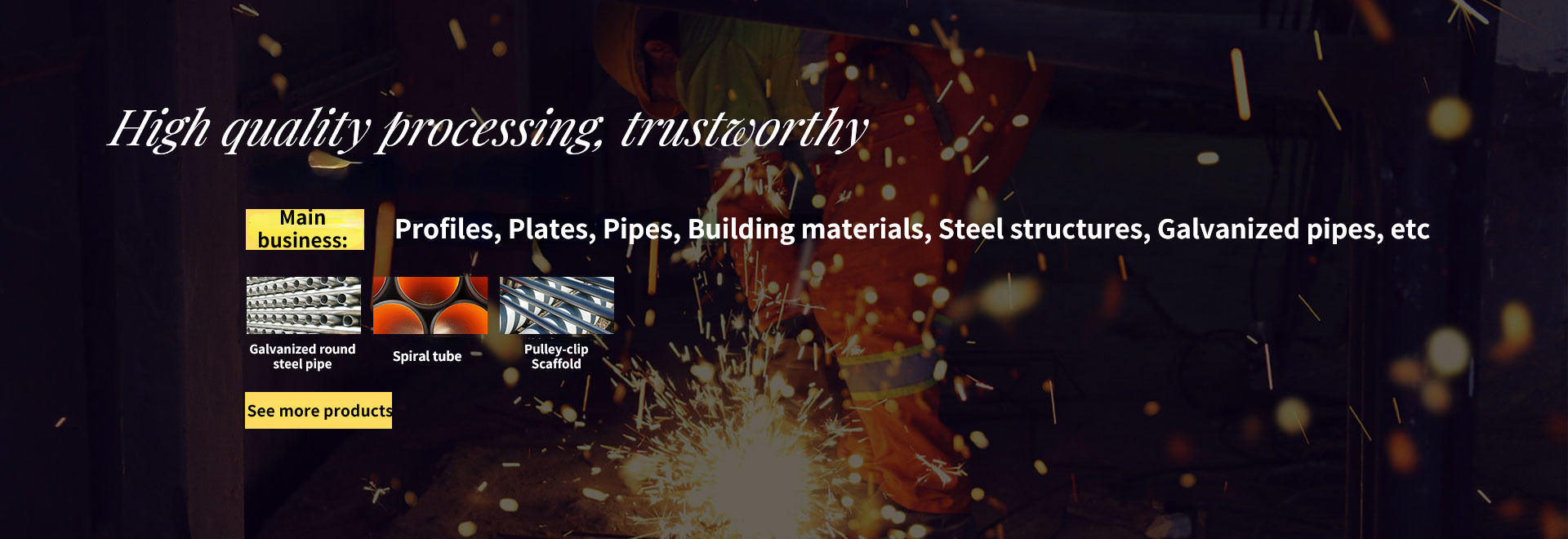Common questions and answers of inner hole deburring chamfering cutter
Common questions and answers of inner hole deburring chamfering cutter
1. Will the hole diameter become larger after the tool is used? Will it scratch the inner hole? How about the finish of the back hole of the tool?
Our deburring tools on the front and back of the orifice will not scratch the hole wall and expand the hole. The outside of the edge of our inner hole deburring and chamfering cutter is grinded with a special round head, and the finish is relatively high. Generally, it will not affect the inner wall of the hole, and only a slight extrusion trace will be generated on the inner wall of the hole. However, if the customer finally reams or grinds the inner hole, and the finish requirement is higher than Ra0.8, we suggest that the inner hole deburring and chamfering cutter can be used before reaming or grinding, This can also achieve the purpose of no burr after the last finishing.
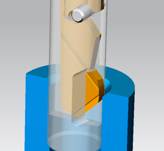
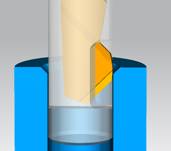
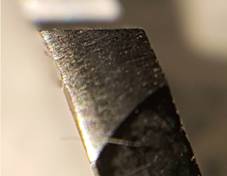
2. Too inefficient, not as fast as manual?
Our front and back deburring and chamfering tools can go through fast forward and fast backward procedures when the cutting edge does not participate in cutting. The real processing time period is only when the cutting edge contacts the edge of the orifice. For example, the axial length of 4# blade edge does not exceed 6mm. According to the recommended feeding parameters, the feed f per minute can be 140mm / min. The total time really involved in cutting is about 5 seconds (including deburring and chamfering of positive and negative orifices). Of course, if our chamfer size needs to be relatively small, we can also increase the feed to 200mm / min, so that the cutting time will be shorter.
3. Will there be secondary burrs?
As the design producer of deburring tools for front and back sides of orifices, we can design and customize according to the workpiece conditions of customers. If we use our standard tools to produce secondary burrs (usually from soft processed materials), we will provide large rake angle deburring blades to solve the problem of secondary burrs.
4. Can this knife control the chamfer size?
You can control the chamfer size. Our hole front and back deburring tools can control the chamfer size. The SV-BO integral inner hole deburring tool controls the chamfer size by controlling the feed rate, increasing the feed, reducing the chamfer size, reducing the feed rate and increasing the chamfer. SV-BW disposable inner hole deburring and chamfering tool can not only control the chamfer size through the feed rate, but also adjust the elastic size through the adjusting screw at the tail, so as to control the chamfer size. The tighter the adjusting screw is, the larger the chamfer is. The looser the adjusting screw, the smaller the chamfer.
5. Can you control the angle?
The deburring tool for the front and back sides of the hole is an elastic (flexible) deburring tool, and the angle of the cutting edge is always changing during deburring, so we do not recommend it to customers with chamfer angle accuracy requirements.
For customers with accuracy requirements for chamfer size, we also do not recommend using flexible deburring tools to process chamfer.
 简体中文
简体中文 
